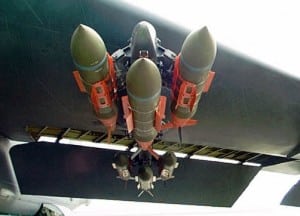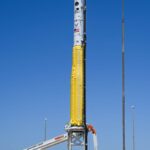
The Air Force’s Hard Target Void Sensing Fuze (HTVSF) program will transition into production later this year, according to service’s chief of air-delivered munitions. Air Force Maj. Gen. Scott Jansson, program executive officer (PEO) for weapons and director of the armament directorate, Air Force Life Cycle Management Center, told Defense Daily Tuesday in a written response to questions that the HTVSF program is currently completing its engineering and manufacturing development (EMD) phase. HTVSF, which the Air Force has been working…













